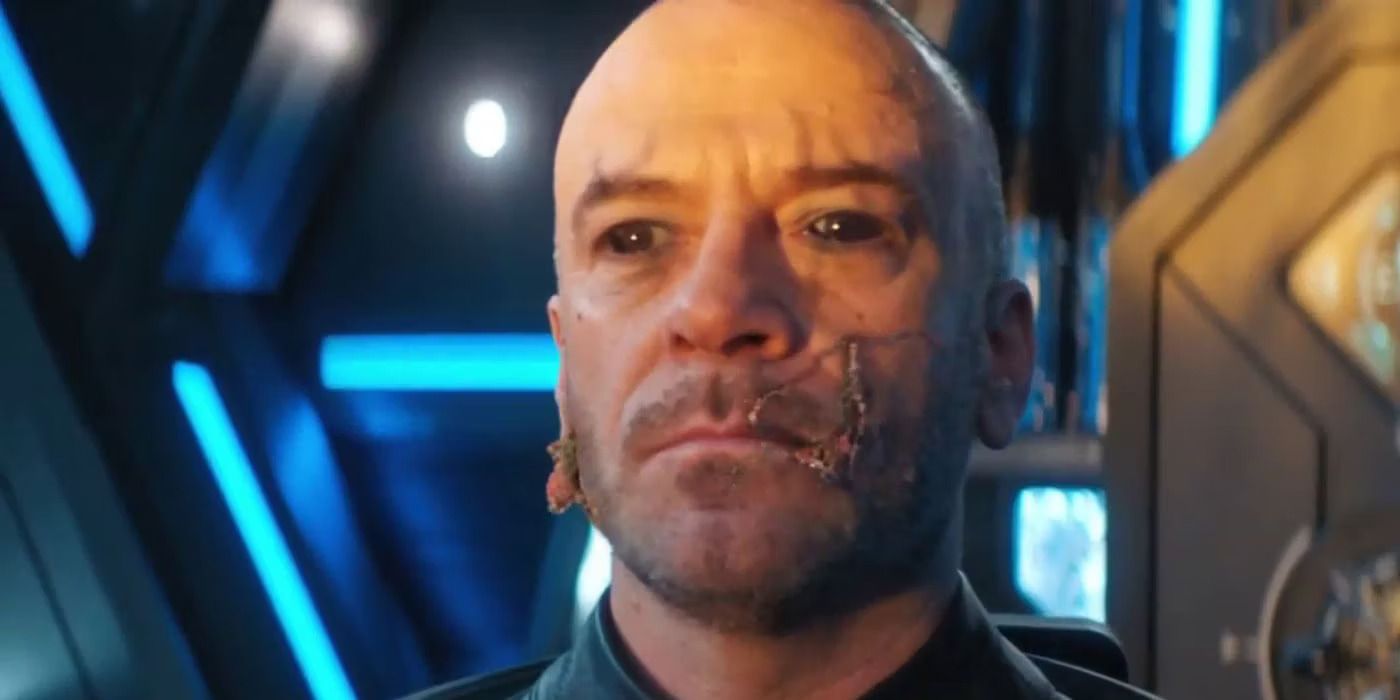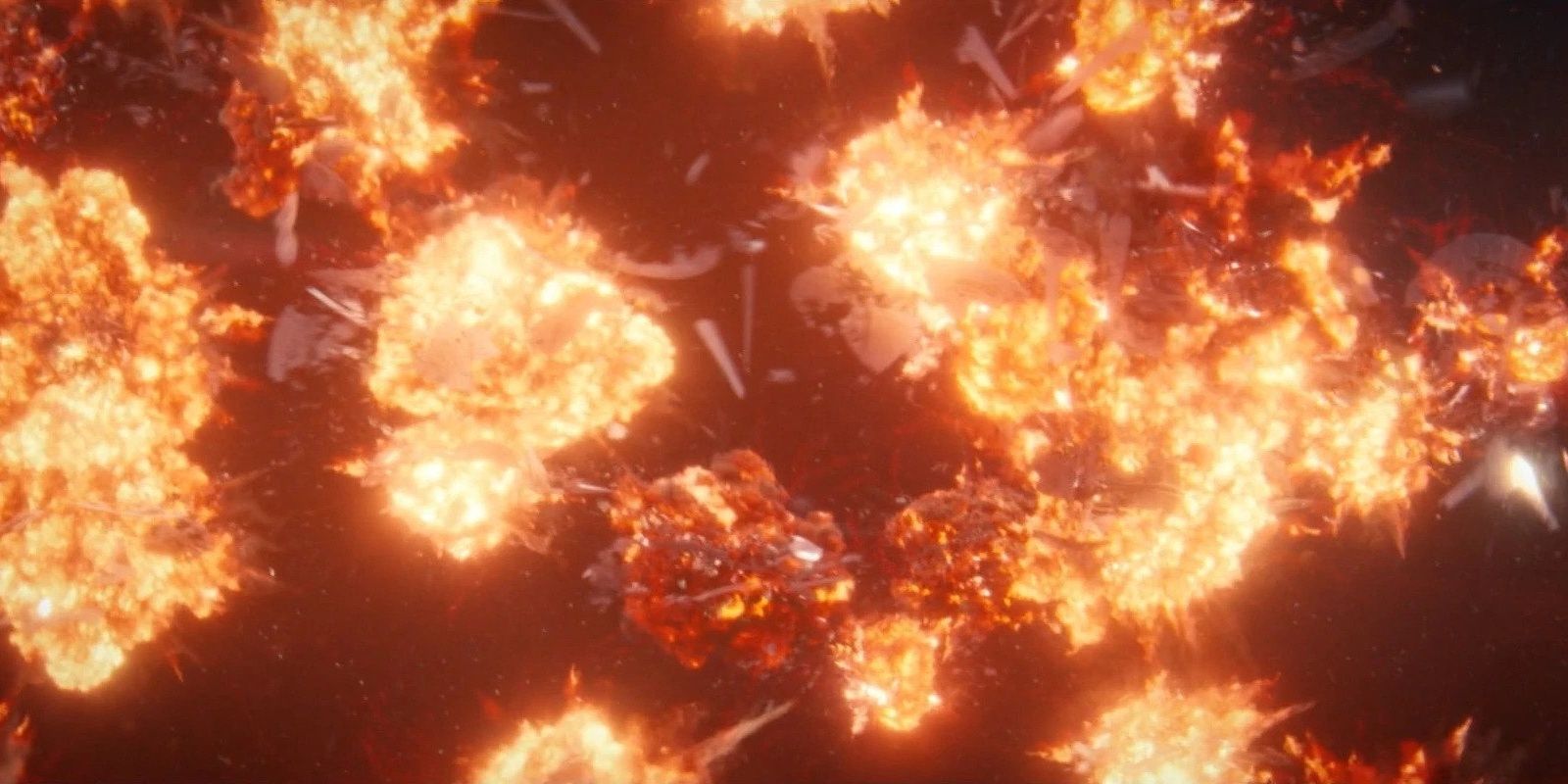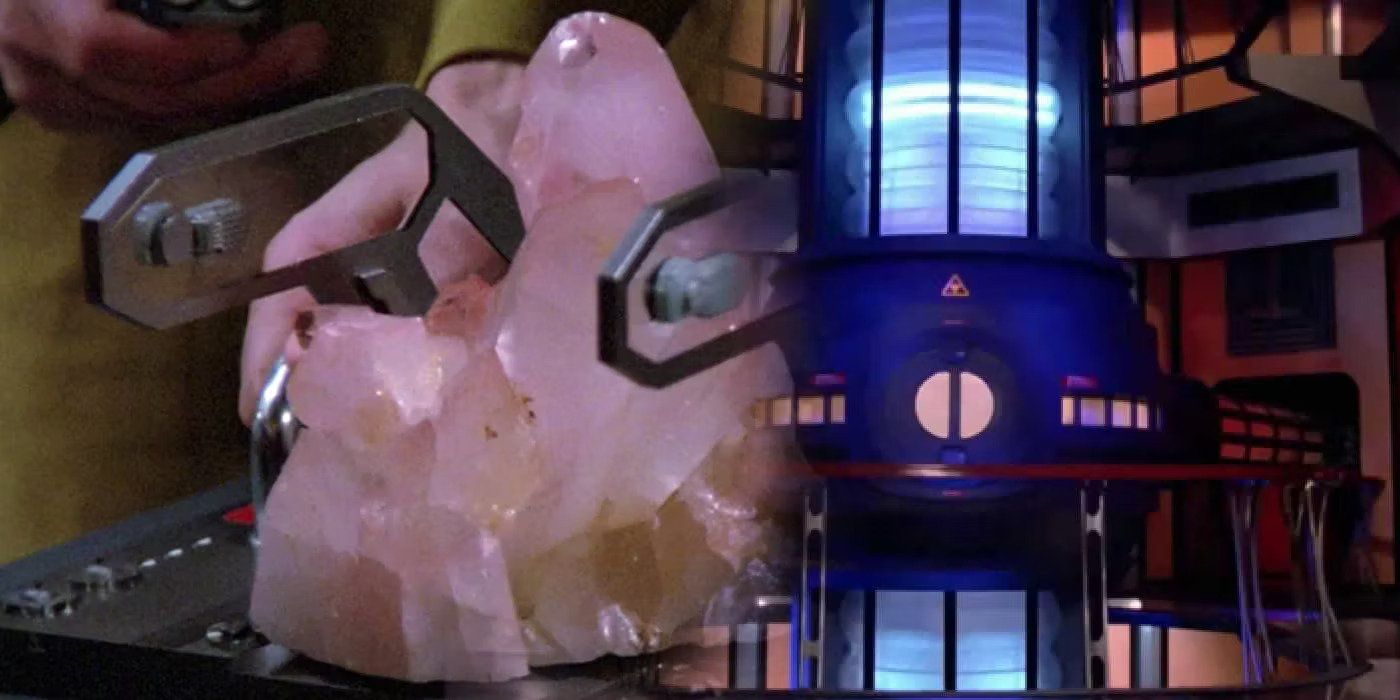The Star Trek universe features a long and complex timeline of events, many of which are shrouded in mystery. The scale of the franchise is massive and significant happenings can change the course of history for countless sentient beings. Most episodes of the series cover local affairs for a planet or a system, but an event like the Burn can turn reality on its head in an instant.
Of all the modern Star Trek shows, Discovery is probably the best-received. Longtime fans have complained about every current attempt to keep the franchise alive, but Discovery is a hit with critics and favored among viewers. The show has been celebrated for cleaning up substantial aspects of the franchise's lore while boldly making strides forward into new eras.
What is The Burn?
In the Star Trek universe, dilithium is one of the most critical extant elements. It's part of a group of elements called the hypersonic series, a small subgroup on the expanded periodic table used by characters in the series. Dilithium crystals are used to regulate the matter/anti-matter reaction that fuels most large-scale technology. In short, the element's unique crystalline structure repels anti-matter when energized, allowing it to function as a permeable barrier between deuterium gas and its anti-matter equivalent. When matter meets anti-matter, it annihilates, releasing tremendous energy. This reaction heats the remaining gas, creating a plasma that powers faster-than-light travel and most high-yield explosives. Without dilithium, there would be no warp drive. Fans will remember many Original Series episodes dedicated entirely to finding dilithium crystals. It was a resource that used to dominate the plot. One day, in 3069, almost all the refined dilithium in the galaxy was suddenly rendered inert.
Dilithium became scarce during the mid-30th century. The crystals can't be artificially fabricated. The entire galaxy is reliant on naturally occurring dilithium crystals. Scientists of various races attempted to invent warp drives that didn't require dilithium crystals, but no substitute proved suitable. The Burn was a galaxy-wide shockwave that destabilized dilithium. Every space vessel with a functioning warp drive simultaneously ignited and exploded. Without dilithium, anti-matter escaped containment and caused the same annihilation reaction without barriers, instantly obliterating countless ships. Almost every active Federation vessel was destroyed. The Federation was nearly wiped out as millions of its representatives and most of its fleet were consumed in flames. Subspace was damaged in several regions, putting planets off of their axis. It was one of the most disastrous events in the franchise's history.
The immediate death toll of the Burn was incalculable, but its long-term effects may have been even more substantial. The United Federation of Planets, a galactic superpower that had lasted almost 1,000 years, was crippled. Planets began to secede as blame was hurled wildly and unfairly between old enemies. Over the next 120 years, the Federation lost around 90% of its member worlds. The Federation launched an investigation to determine the cause of the Burn, but finding answers took far longer than anyone was willing to wait. Though it took over a century, the Federation eventually discovered the cause of the Burn.
What Caused the Burn?
As is often the case, this galactic disaster was caused by a much more mundane event. The Burn was caused by a five-year-old named Su'Kal becoming sad after the death of his mother. Su'Kal was a Kelpien born to a scientist named Doctor Issa. Issa worked on a Kelpien research vessel called the KSF Khi'eth, sent to investigate a massive natural deposit of dilithium in the Verubin Nebula. The Verubin Nebula was consistently bombarded with intense radiation and unstable electromagnetic fields, making it extremely dangerous. The Khi'eth crashed on an uncataloged planet, and the USS vessel that heard their distress signal failed to rescue them. Issa gave birth to Su'Kal on this unlisted planet. She created a holographic world and several helpful programs to raise her son until he could be rescued. Su'Kal grew up surrounded by radiation in a dilithium nursery. He developed an innate connection to the element. When Issa finally succumbed to radiation poisoning, Su'Kal emitted a psychic scream that destabilized all the dilithium in the galaxy.
It took around 120 years for the Federation to track down the source of the Burn. The crew of the USS Discovery began investigating black boxes recovered from the destroyed Federation spacecraft. They discovered that the Burn wasn't perfectly simultaneous across the galaxy. The shockwave took time to travel. This allowed them to pinpoint its origin and finally find Su'Kal. In his first encounter with the outside world, Su'Kal became frightened and almost caused a second Burn. Fellow Kelpien, Captain Saru took Su'Kal in and brought him to a new home, finally allowing the all-powerful child to live a proper life. Though the Burn claimed many lives and reshaped the galaxy, the massive dilithium nursery on Su'Kal's makeshift home allowed people to rebuild and the Federation to start reclaiming its power.
The Burn is a tremendous spectacle that immediately changed everything for the Star Trek universe. The idea of a galaxy-warping event with a relatively banal cause is very popular in modern science fiction. The Burn changed everything, but the galaxy has started to recover.






